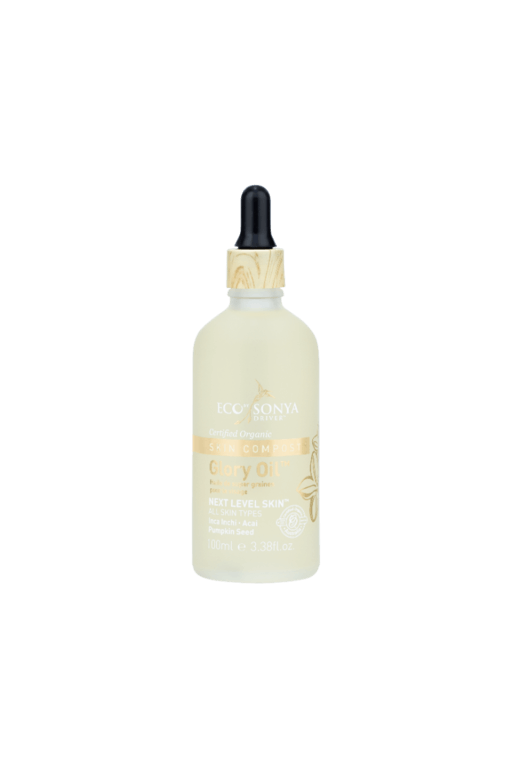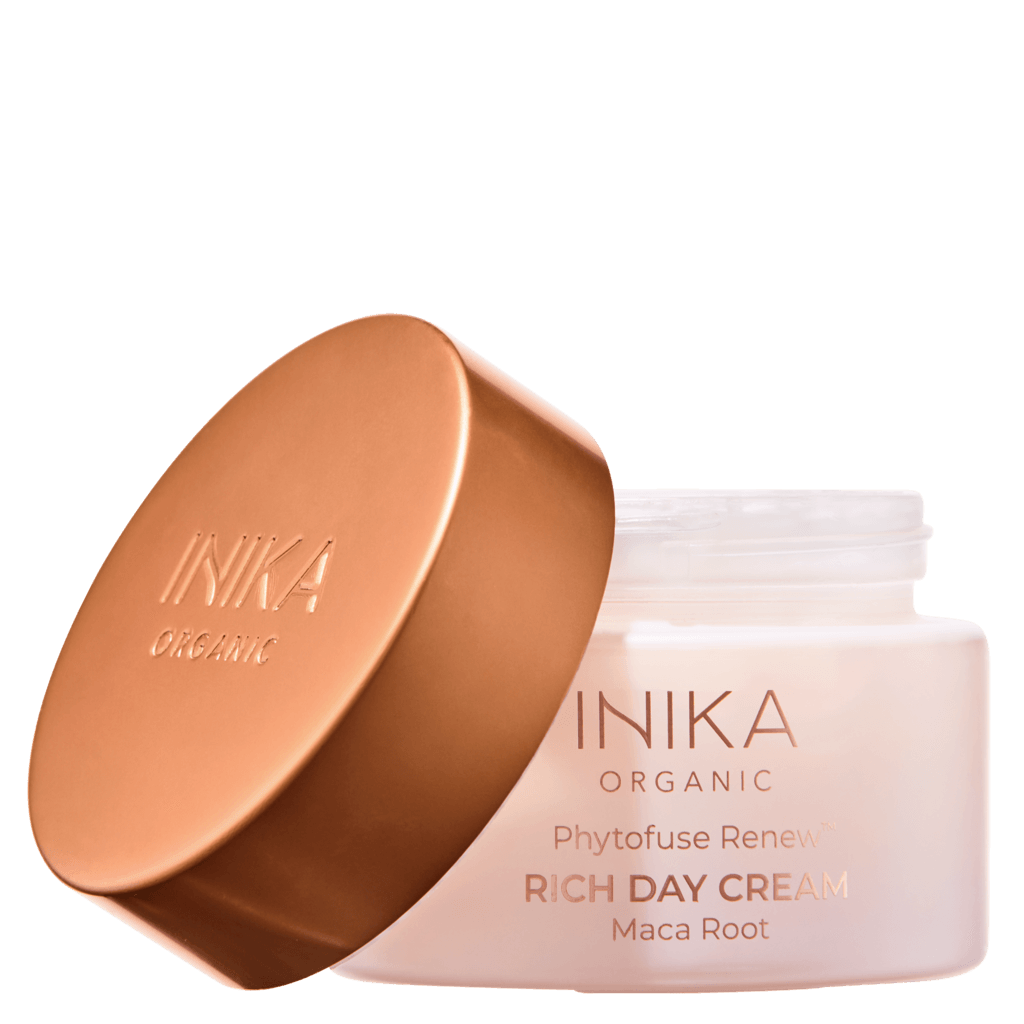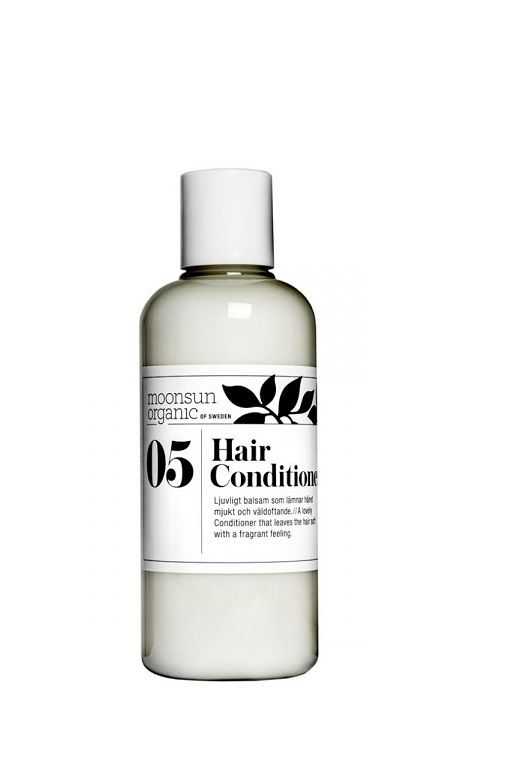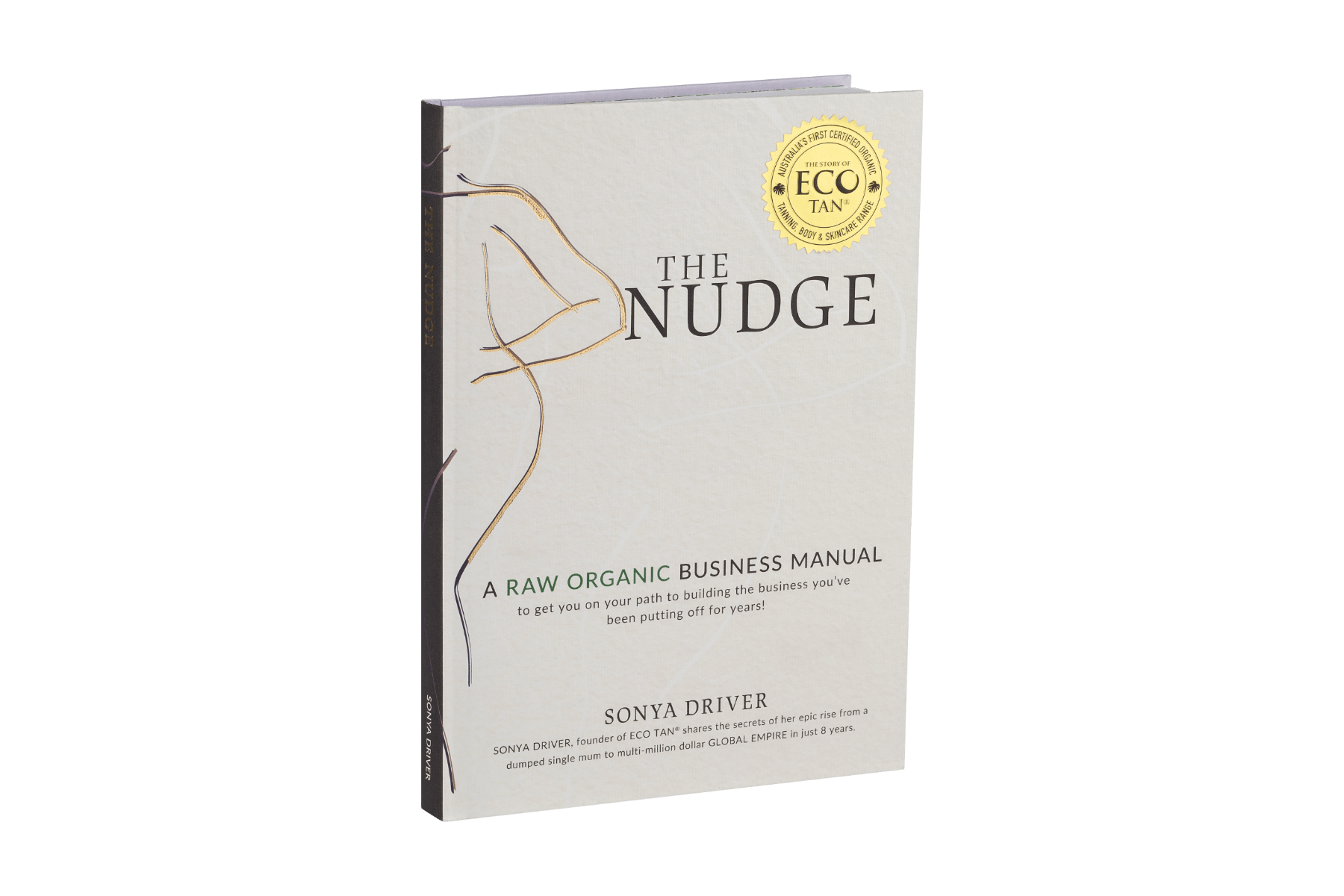No products in the cart.

Are cosmetics contributing to endometriosis rates?
Researchers suggest the climb in endometriosis rates may be a result of over-exposure to endocrine disruptors commonly found in your everyday beauty staples.
Endometriosis, a common disease causing severe chronic pain and often infertility, is experienced by 10 percent of the reproductive female population in Sweden and up to 15 percent globally.
A robust exploration into the possible causes of endometriosis conducted by the BioHealth Research Institute in Granada supported the correlation between endocrine disrupting chemicals commonly found in cosmetics and the onset of endometriosis.
Substances known as endocrine disruptors interfere with the normal function of hormones, either increasing or decreasing production of certain hormones such as estrogen and testosterone.
It is unclear what the exact cause/s are for endometriosis however the World Health Organisation suggests contributing risk factors include family history, immune system disorders, estrogen levels, varying environmental factors and according to the BioHealth Research Institute study potentially your cosmetics too.
Common personal care and cosmetic products found in your local supermarket and pharmacy often include a variety of endocrine disruptor chemicals, typically used as cheap parfums, colorants or consistency-altering thickeners.
According to the BioHealth Research Institute the most common endocrine disrupting ingredients found in the personal care aisle which revealed links to endometriosis include parabens, benzophenones, bisphenols and phthalates.
Defined by abnormal tissue growth outside of the uterus endometriosis causes a chronic inflammatory reaction which can lead to scar tissue formation in the pelvis and other areas of the body causing an onset of ailments for sufferers.
Related experiences typically include excessively painful periods, chronic pelvic pain, pain during and/or after sexual intercourse, painful bowel movements and/or urination, fatigue, depression and/or anxiety, abdominal bloating and nausea.
Women living with endometriosis report a significant decline in quality of life due to the hardships endured relating to severe chronic pain and/or infertility specifically. Many also report experiences of depression as a result of the chronic pain and its negative impacts to their social and professional abilities too.
Listed endocrine disruptors are found in many products well beyond your beauty cabinet including plastic goods, food and food packaging, and even tap water. While all human beings are at risk of their adverse effects, researchers have warned babies and children are the most susceptible.
Here are our tips on how to reduce your endocrine disruptor chemical exposure day-to-day.
Green Little Heart’s Top 5 Conscious Beauty Tips
- Find a credible brand you know you can trust
- Always read product ingredient labels
- Do your research if you’re unfamiliar with any ingredients listed
- Be cautious of:
- parabens, also commonly listed as methylparaben, propylparaben, butylparaben, or ethylparaben. Often seen in: foundation, beauty powder, sunscreen, moisturiser, shampoo, body lotion
- benzophenones, also commonly listed as diphenyl ketone, benzoylbenzene or phenyl ketone. Often seen in: lip balm, nail polish, sunscreen
- bisphenols, also commonly listed as BPA. Often seen in: nail polish and hairspray
- phthalates, also commonly listed as diethylphthalate (DEP), dibutylphtalate (DBP) or dimethylphthalate (DMP). Often seen in: soaps, shampoos, hairsprays
































